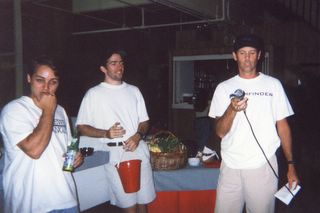
Group activities were a critical part of Pathfinder.com's unique workplace culture, and we are lucky that several unidentified photographers took many pictures of them. Here, at a subterranean bowling alley, three members of Pathfinder.com's technology team are clearly enjoying themselves. Take note of the "News Exhange" and "Pathfinder" T-shirts worn by two of them: it's going to be a fun night!
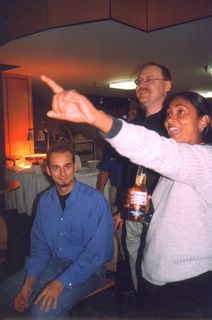
Several happy Pathfinder employees take note of their team's high score. This pointing gesture was often used by Pathfinder staff when viewing an impressive hit report.

Group activities were very effective in honing Pathfinder.com's morale to a razor's edge. This employee is obviously proud to wear a "Pathfinder Killer App" hat, even though management had made the wearing of such promotional items non-mandatory.
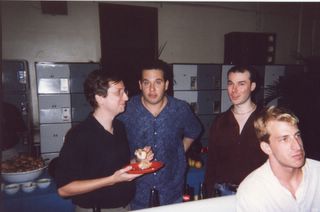
Tasty food and delicious drinks were supplied by Pathfinder.com's management to participating employees at Group Bowling events without any charge.
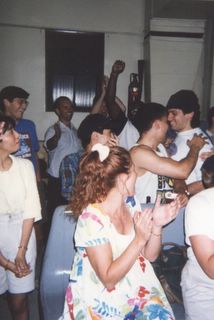
Cheerfulness, enthusiasm, and team spirit are all evident in this photo, even among Pathfinder employees who are not bowling. Go team!
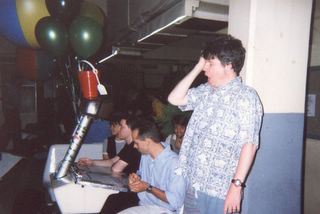
Pathfinder.com's fun-filled group activities often took their toll on those members of the staff who were unfortunate enough to have lives outside of the workplace.
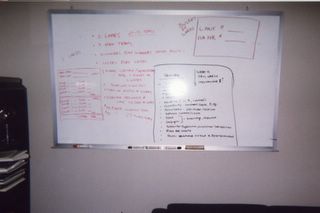

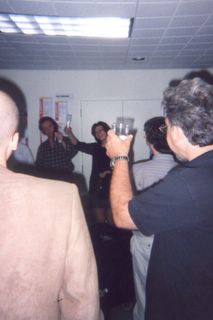
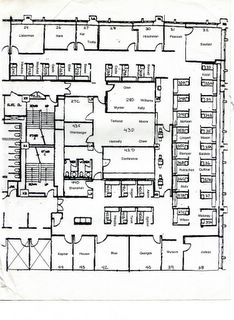
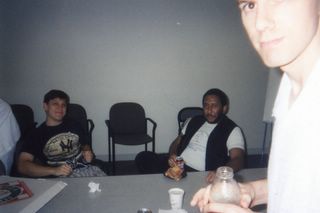
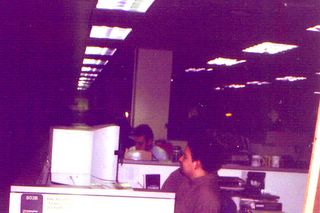
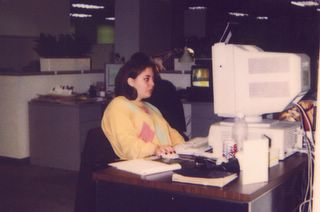
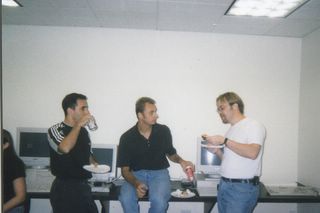
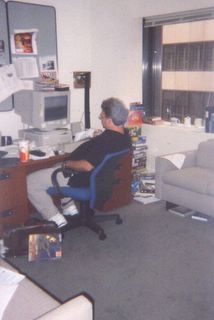
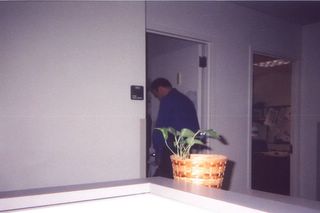






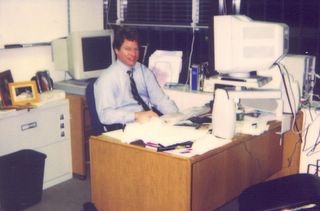
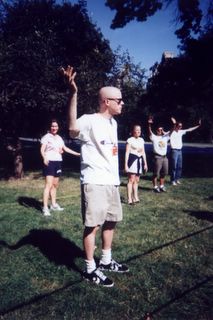
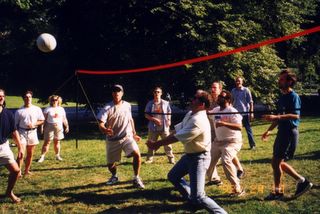
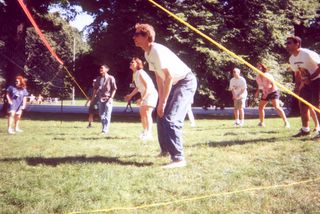
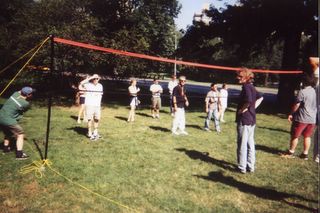
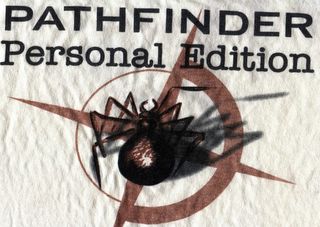

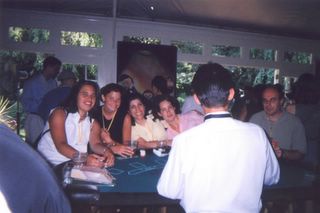
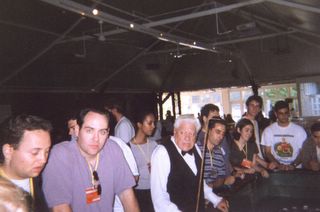
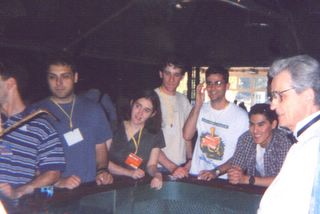
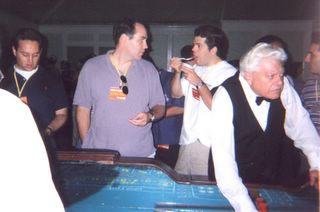

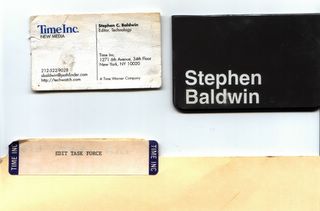
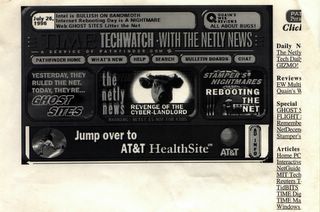
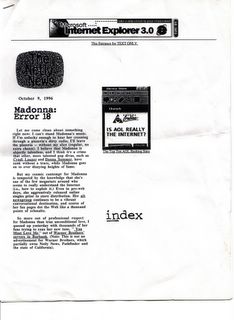
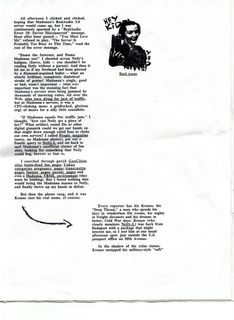
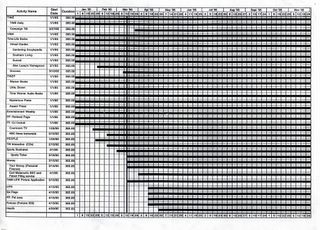
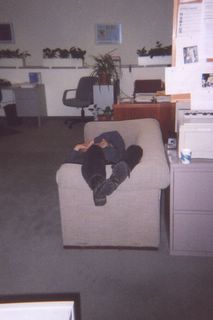
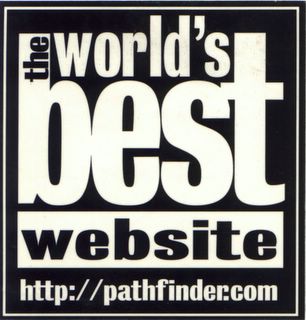
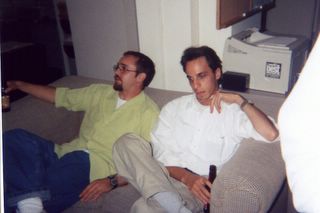
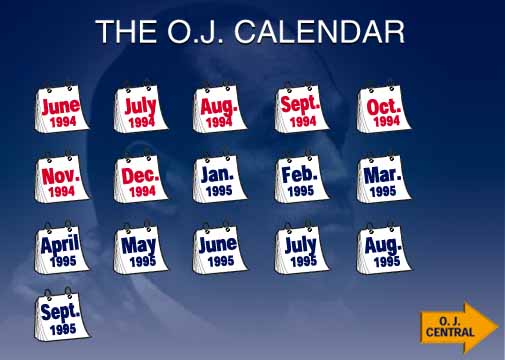 Exhibit: A Short History of Pathfinder's Interactivity"
Exhibit: A Short History of Pathfinder's Interactivity" Exhibit: Pathfinder's "New Look"
Exhibit: Pathfinder's "New Look"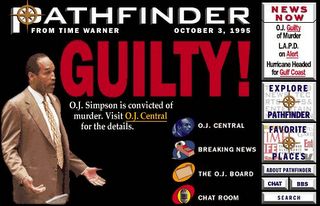 Exhibit: Pathfinder Home Pages
Exhibit: Pathfinder Home Pages
 Exhibit: Pathfinder Group Volleyball
Exhibit: Pathfinder Group Volleyball

